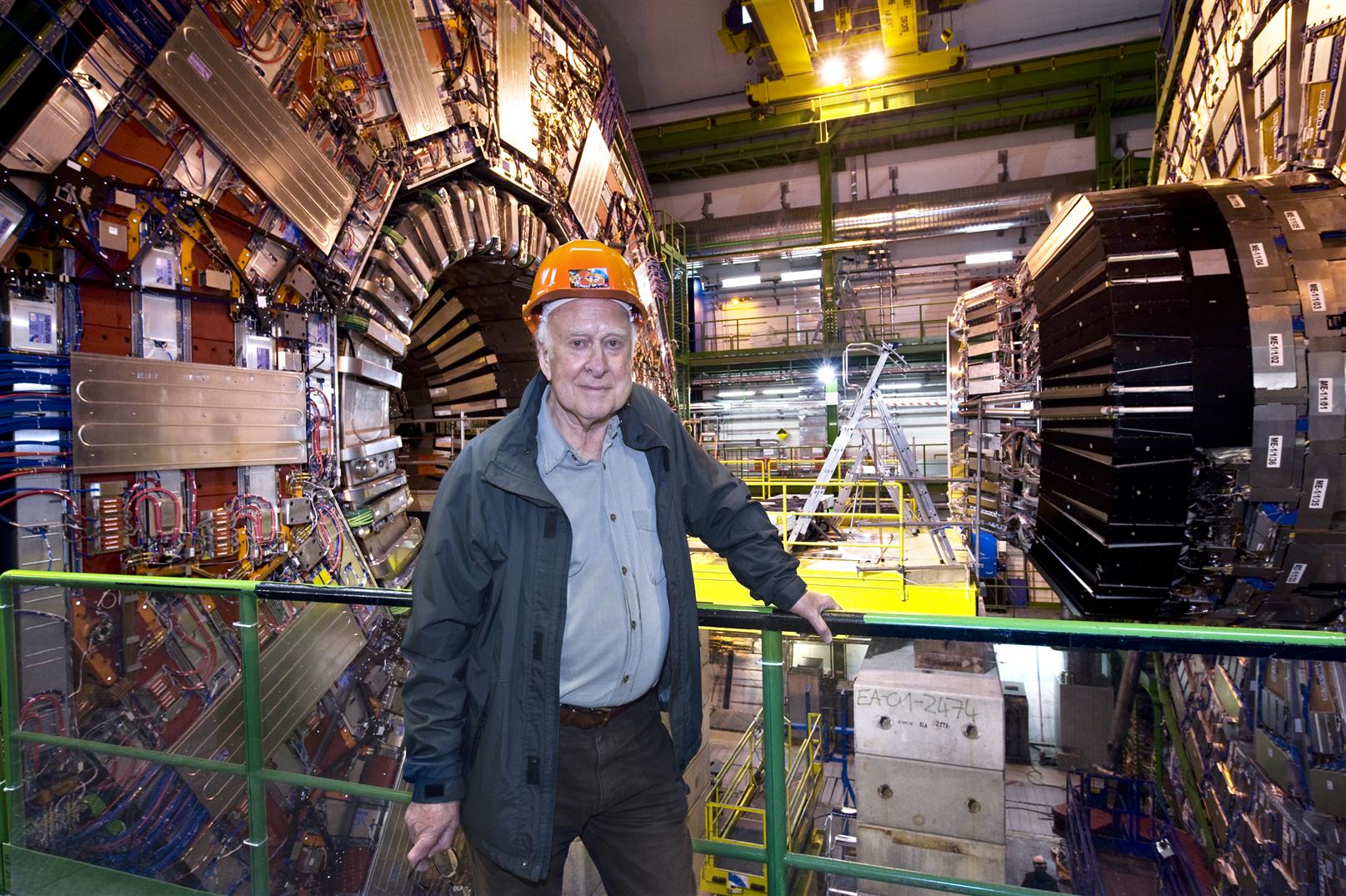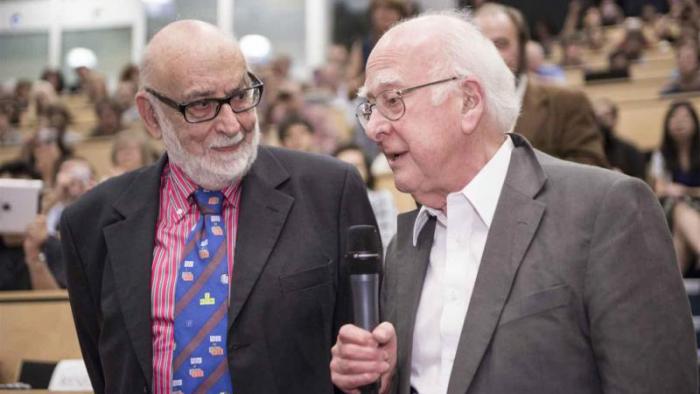Peter Higgs, the Nobel Prize-winning physicist and one of the founders of the theoretical physics of elementary particles, has passed
away. He was the visionary behind the existence of the Higgs boson. Prior to 1970, the theory of elementary particles could not account for the mass of the smallest components of matter, although it could explain the mass of the vast majority of substances as energy content. This was because symmetry-based interaction theories excluded
the non-zero mass of elementary particles, such as the electron.
To interpret the mass of the electron, it was necessary to violate the symmetries that result in interactions, which required some external influence. The mechanism of spontaneous symmetry breaking was independently developed by three research groups almost simultaneously, and in 1964, with a few weeks apart, two Belgian, one Scottish, and three English physicists published it. However, it was the Scottish physicist Peter Higgs who predicted the existence of the strange, virtually featureless, but massive
particle, which is why we call it the Higgs boson.
Much later, Peter Higgs gave a conference lecture titled "My Life as a Boson: The Story of the Higgs," which was also published in an article. He recounts how his incredible theory was initially laughed at, in which he postulated that an empty vacuum is filled with a force field that breaks its perfect symmetry and gives mass to elementary
particles, and also produces the strange boson. Shortly thereafter, it became clear that the theory not only required a mechanism for mass formation but also needed the Higgs boson itself, leading to the birth of particle physics theory, the Standard Model, in the early seventies. This is why Peter Higgs wrote in his aforementioned biographical article that "It was in 1972, ... that my life as a boson really began."

Experimentalists have been searching for the Higgs boson with tremendous effort from the seventies to the present day, as its existence and the precisely predicted properties by models were intended to validate this incredible theory. Finally, 48 years after the theoretical prediction, in 2012, two giant experiments conducted at the CERN LHC (Large Hadron Collider) confirmed the existence of the Higgs boson, with the participation of over ten thousand researchers, including many Hungarian experts. Peter
Higgs and the Belgian Francois Englert were awarded the Nobel Prize in Physics in 2013. The other Belgian, Robert Brout, did not live to see the discovery, and the three English physicists missed out, as their publication of spontaneous symmetry breaking occurred a few weeks later, and more than three individuals cannot share a Nobel Prize.

Let us remember Peter Higgs, the physicist who was brave enough to develop a perfectly absurd theoretical model in the face of complete incomprehension at the time reportedly, his first paper was simply rejected).
Dezső Horváth research professor emeritus, honorary university professor (RMI)



